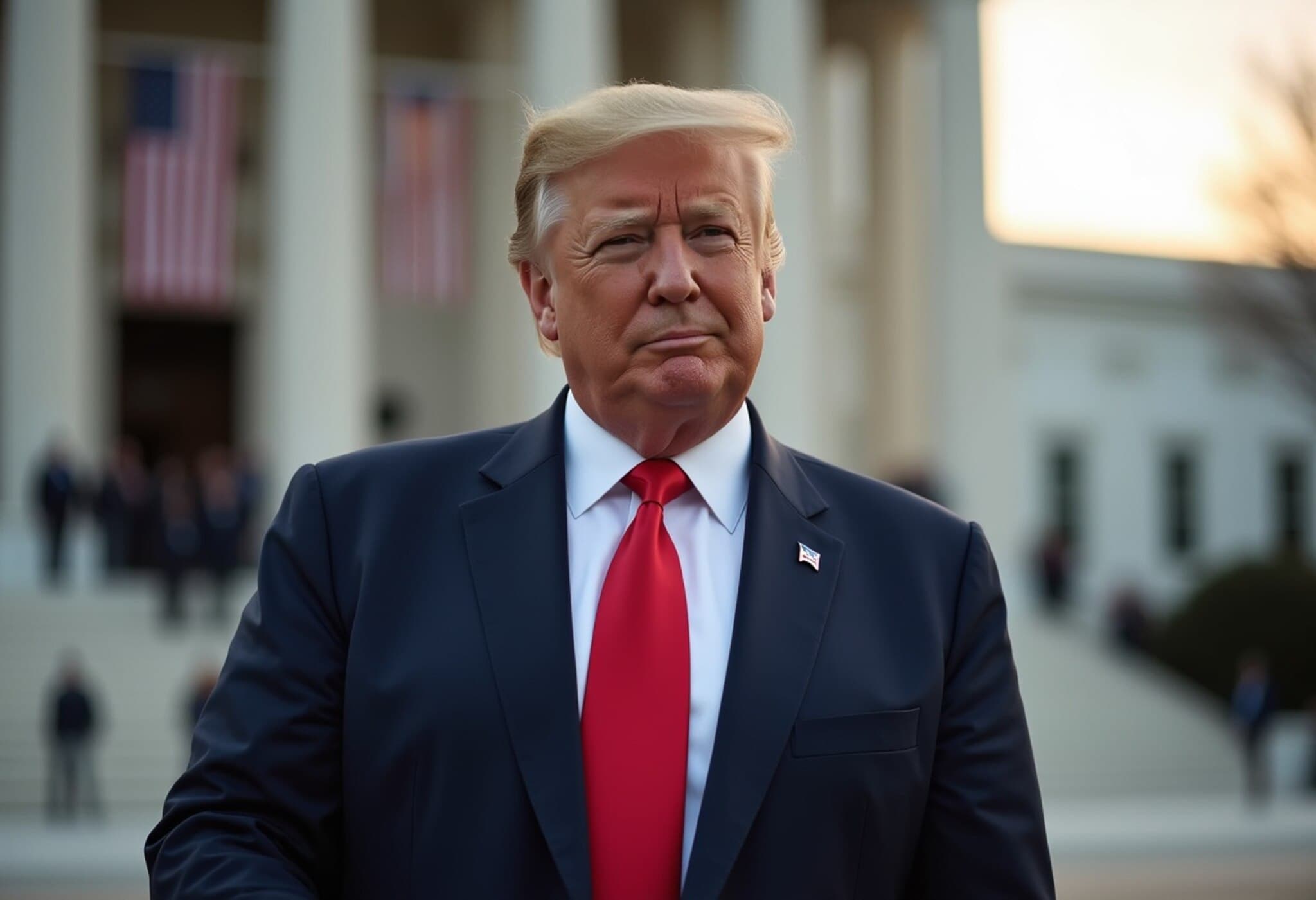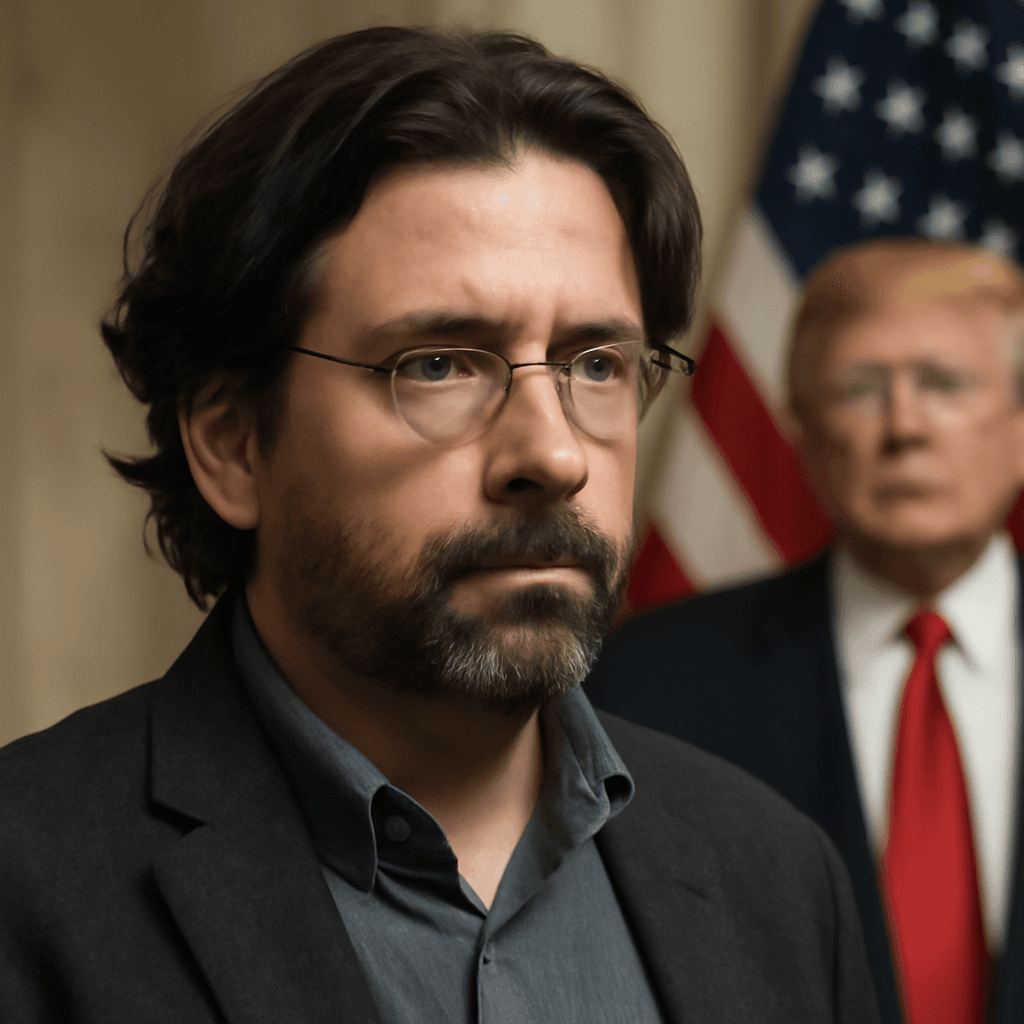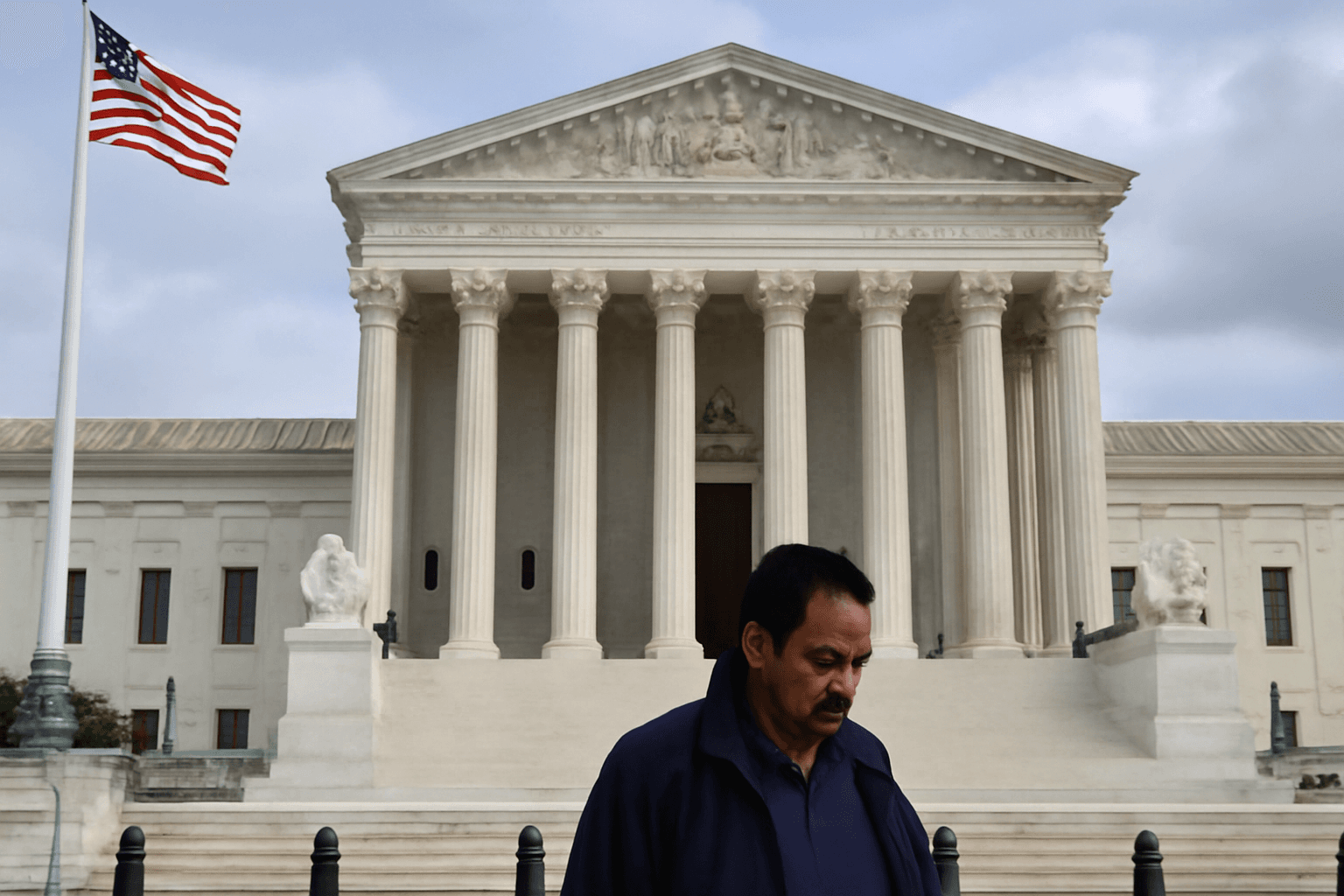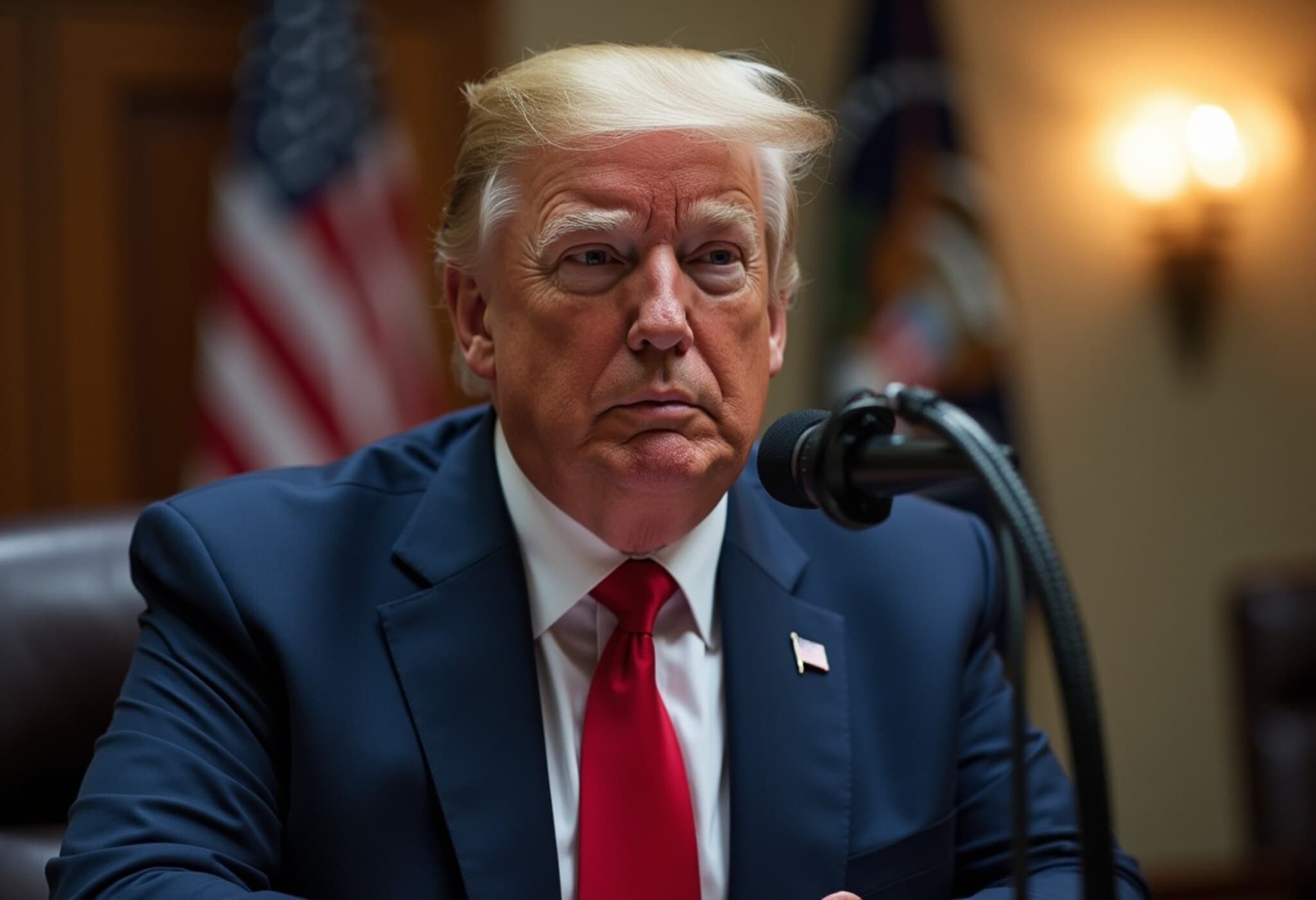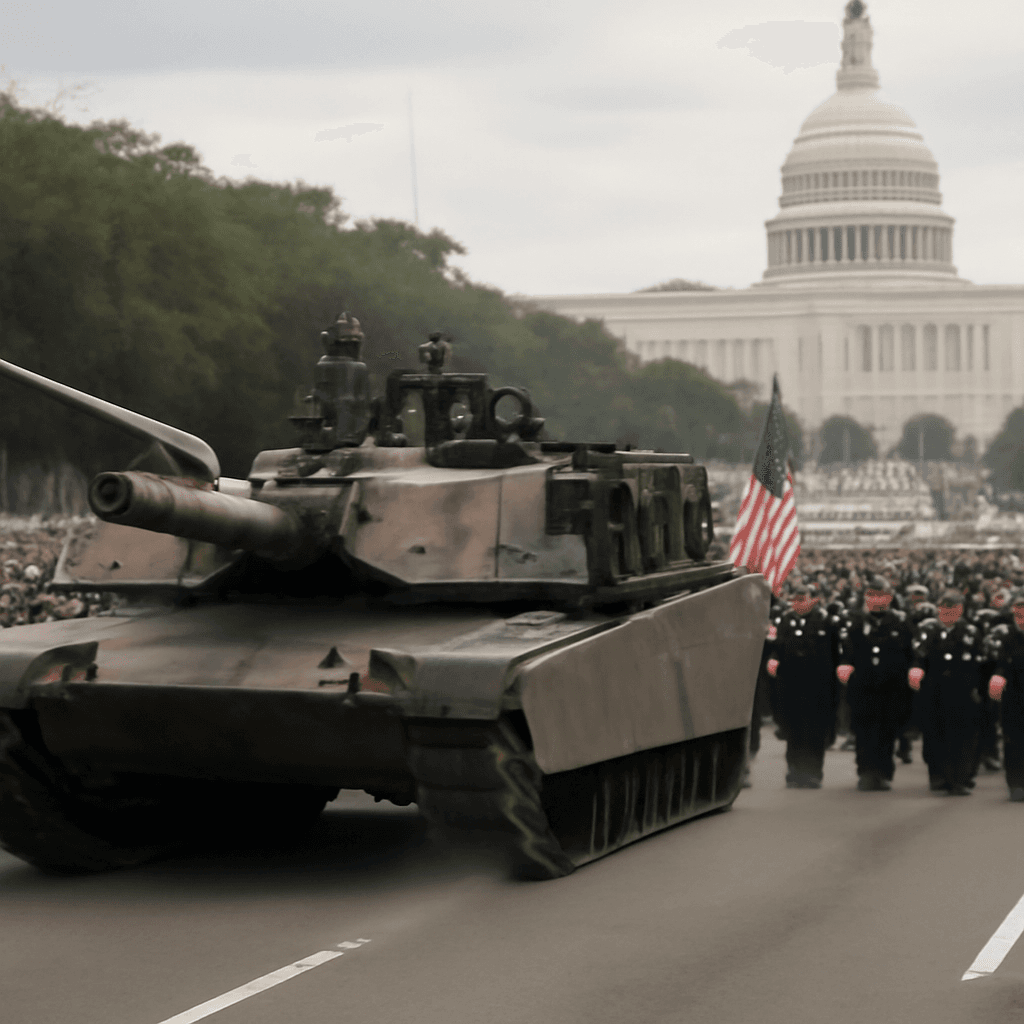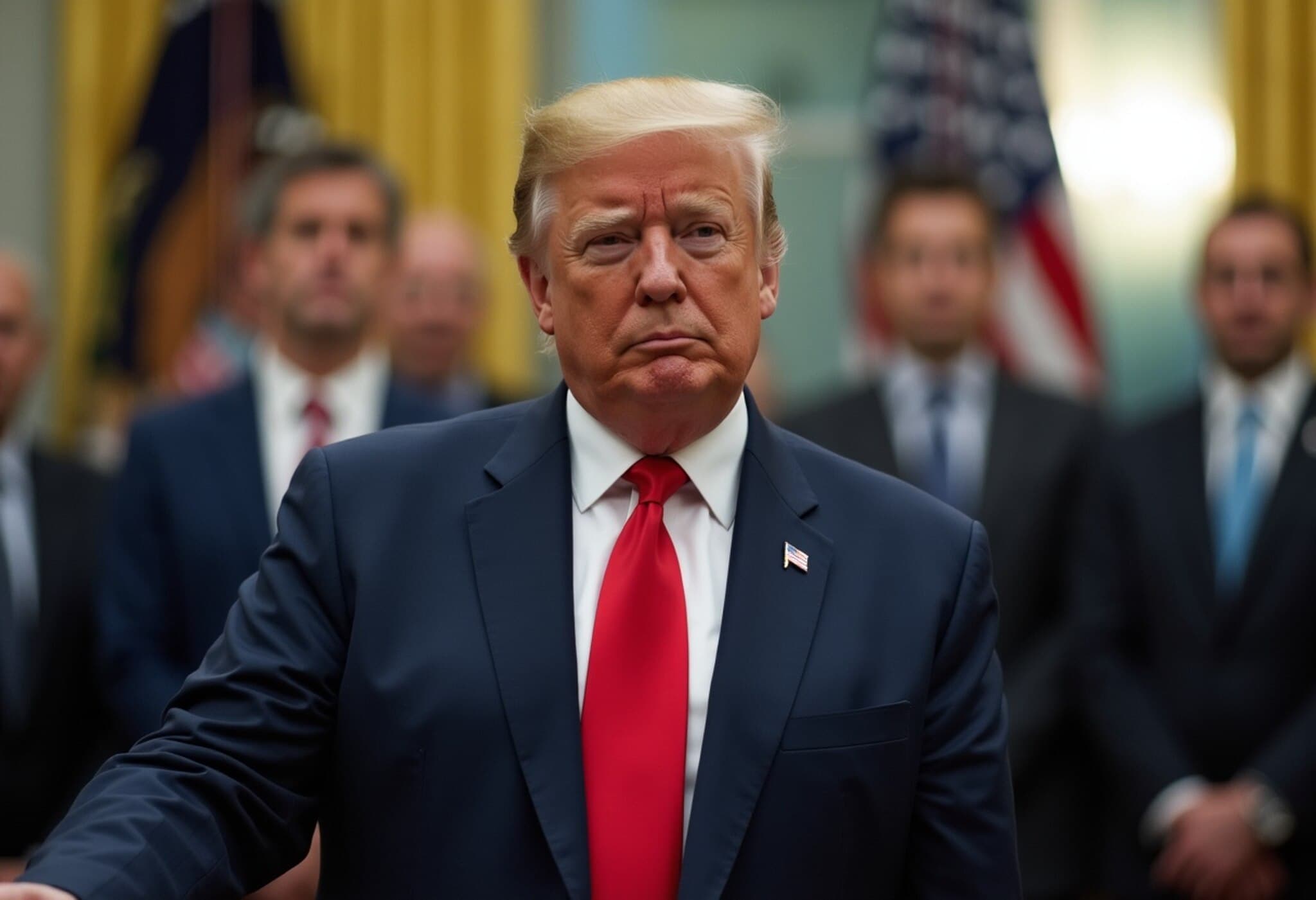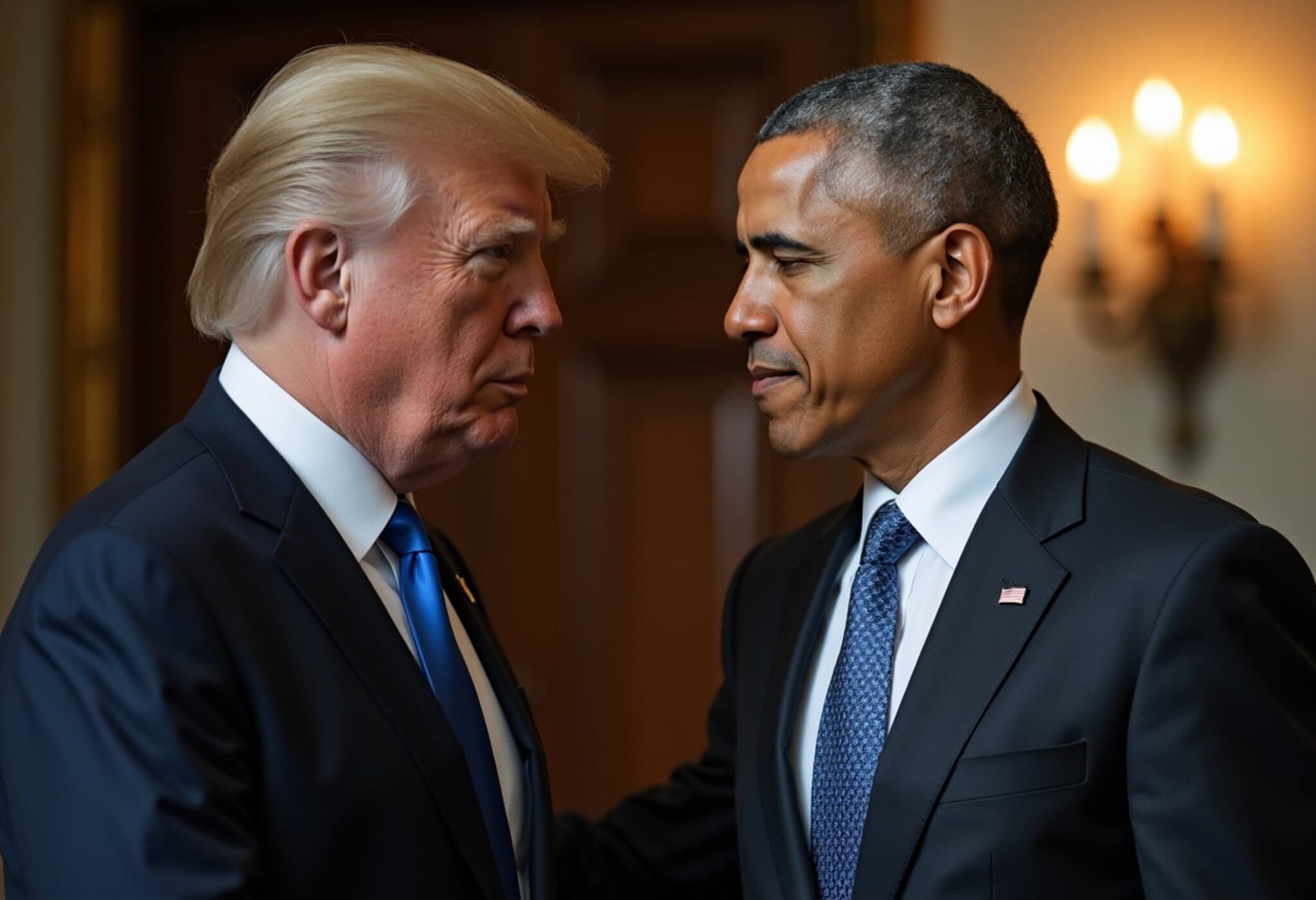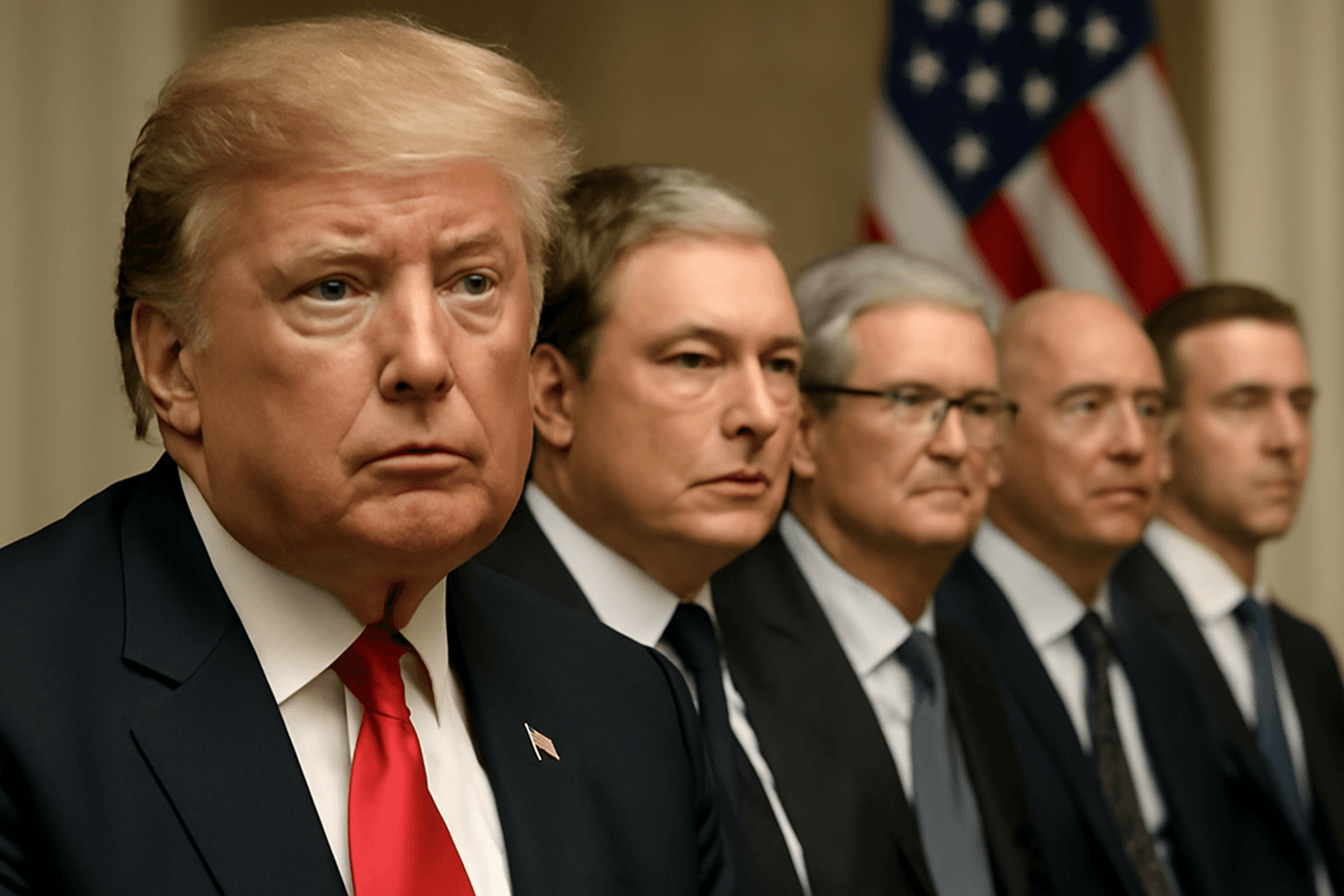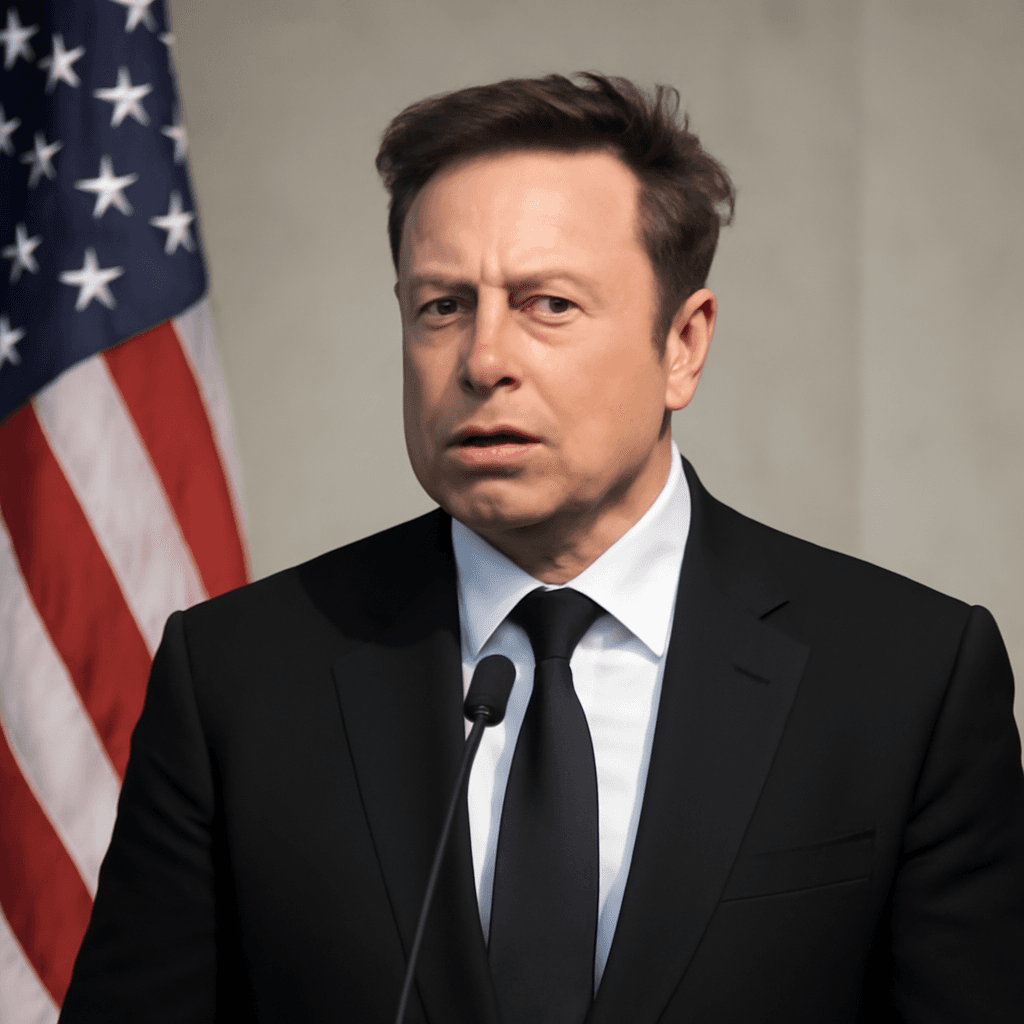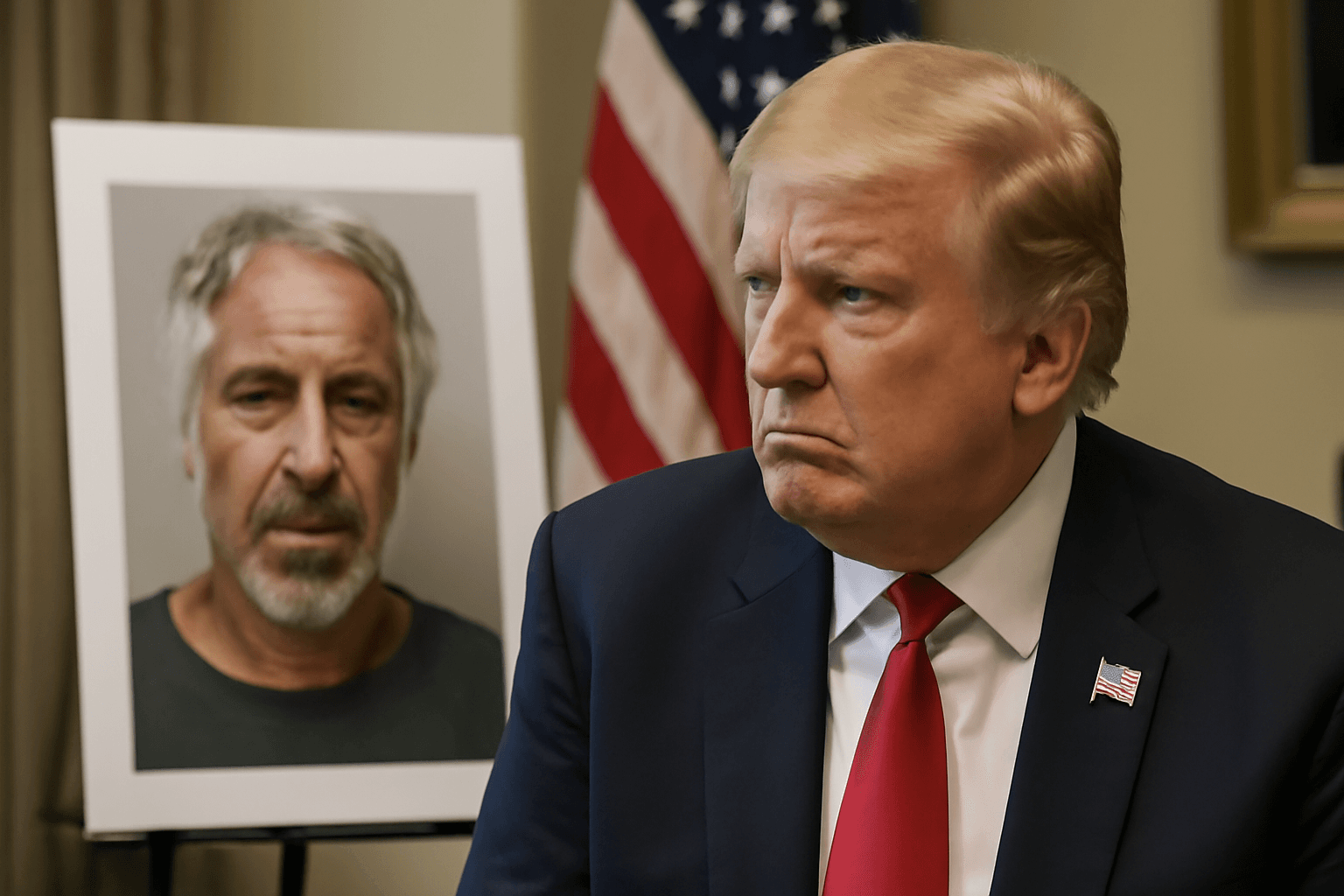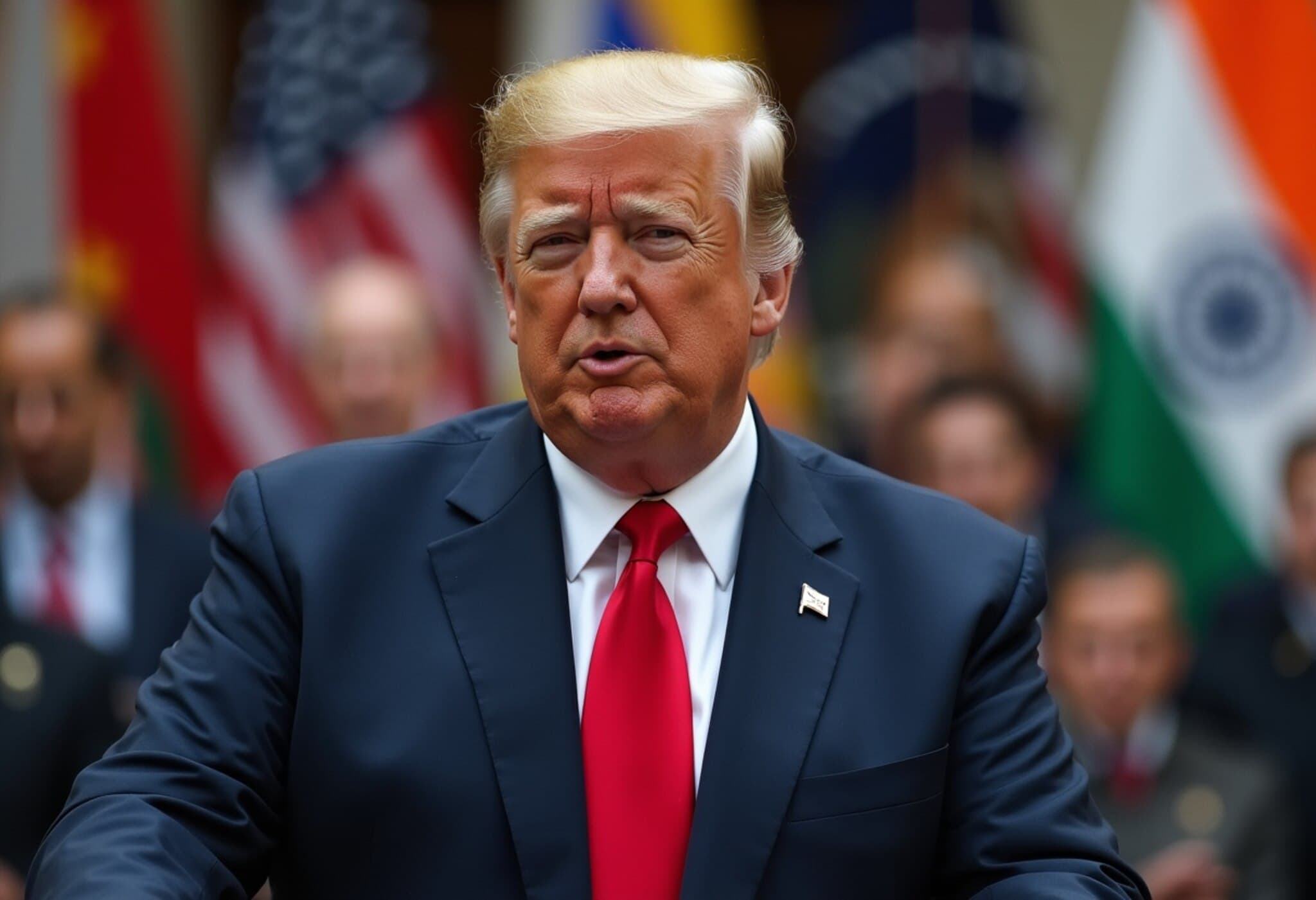US Supreme Court Greenlights Trump’s Federal Workforce Reduction Plan
In a significant and contentious decision, the US Supreme Court has cleared the way for President Donald Trump’s ambitious plan to downsize the federal workforce. Despite mounting warnings about potential disruptions to essential government operations and widespread job losses for federal employees, the Court lifted injunctions that previously blocked these workforce cuts.
Background of the Workforce Reduction Initiative
The cuts are part of an executive order issued by President Trump aimed at shrinking what he and his administration deem an overbloated federal government. He framed the downsizing as a mandate from voters to streamline operations and improve efficiency within federal agencies.
This sweeping effort was spearheaded by the Department of Government Efficiency (DOGE), initially led by billionaire entrepreneur Elon Musk, who has since stepped down from the position. Despite Musk’s exit, the agency continues to push directives to federal bodies mandating employee reductions across numerous departments.
Legal Battles and Judicial Opinions
The journey to the Supreme Court followed lower court rulings blocking the workforce cuts. In May, US District Judge Susan Illston, appointed by former President Bill Clinton, ruled that the Trump administration could not enact such substantial reductions without explicit congressional approval.
Her ruling was bolstered by the US 9th Circuit Court of Appeals, which emphasized that these cuts risked impairing critical public services, including food safety inspections and veterans’ healthcare programs.
However, the Supreme Court’s majority rejected these lower court decisions, focusing on the technicality that no particular job terminations were at issue in the case—only the executive order and the directive requiring agencies to reduce their workforce.
Justice Ketanji Brown Jackson stood firmly in dissent, sharply criticizing the Court for what she described as endorsing the President's “legally dubious actions” that sidestep the Constitution’s checks and balances.
Scope and Impact of the Cuts
While precise figures remain fluid, tens of thousands of federal employees have already been affected through terminations, deferred resignation programs, or administrative leave. Estimates indicate:
- At least 75,000 federal workers have accepted deferred resignations.
- Numerous probationary employees have lost their positions.
- Some agencies face potential staff reductions between 40% and 50%, raising alarms about operational capacity.
The departments targeted include high-profile agencies such as Agriculture, Energy, Labor, Interior, State, Treasury, and Veterans Affairs. Additionally, independent entities like the National Science Foundation, Small Business Administration, Social Security Administration, and the Environmental Protection Agency are on the list.
Concerns Over Public Service and Governance
Labor unions, advocacy groups, and industry experts fret that these cuts could inflict irreversible damage on public services. From delayed food inspections impacting food safety to scaling back veterans’ health services, the potential ripple effects extend far beyond internal government operations.
Experts in public administration warn that dismantling institutional memory and expertise within federal agencies could undermine long-term governance and national wellbeing. They argue the pace and scale of these reductions may outstrip the government’s capacity to maintain essential services.
American Policy Context and Future Implications
This decision arrives amid broader debates about federal government size, efficiency, and the balance of powers between the executive branch and Congress. Critics argue that such sweeping personnel actions encroach on legislative prerogatives and bypass necessary democratic processes.
Conversely, proponents frame the cuts as fiscally responsible governance, promoting leaner administration and budget restraint. The administration's approach raises critical questions about how democracies balance efficient government management with accountability, employee rights, and service obligations.
Editor's Note
The Supreme Court’s ruling to enable President Trump’s workforce cuts marks a pivotal moment in federal governance, where the scales of executive authority, legal oversight, and public service responsibilities intersect. Beyond job numbers, the decision will reverberate through the quality and continuity of essential government programs that millions rely on daily.
As American workers and taxpayers watch these developments unfold, questions remain about safeguards for critical public services, the role of congressional oversight, and the long-term effects on federal institutional capacity. This evolving story underscores the ongoing tension between government efficiency and democratic accountability.

